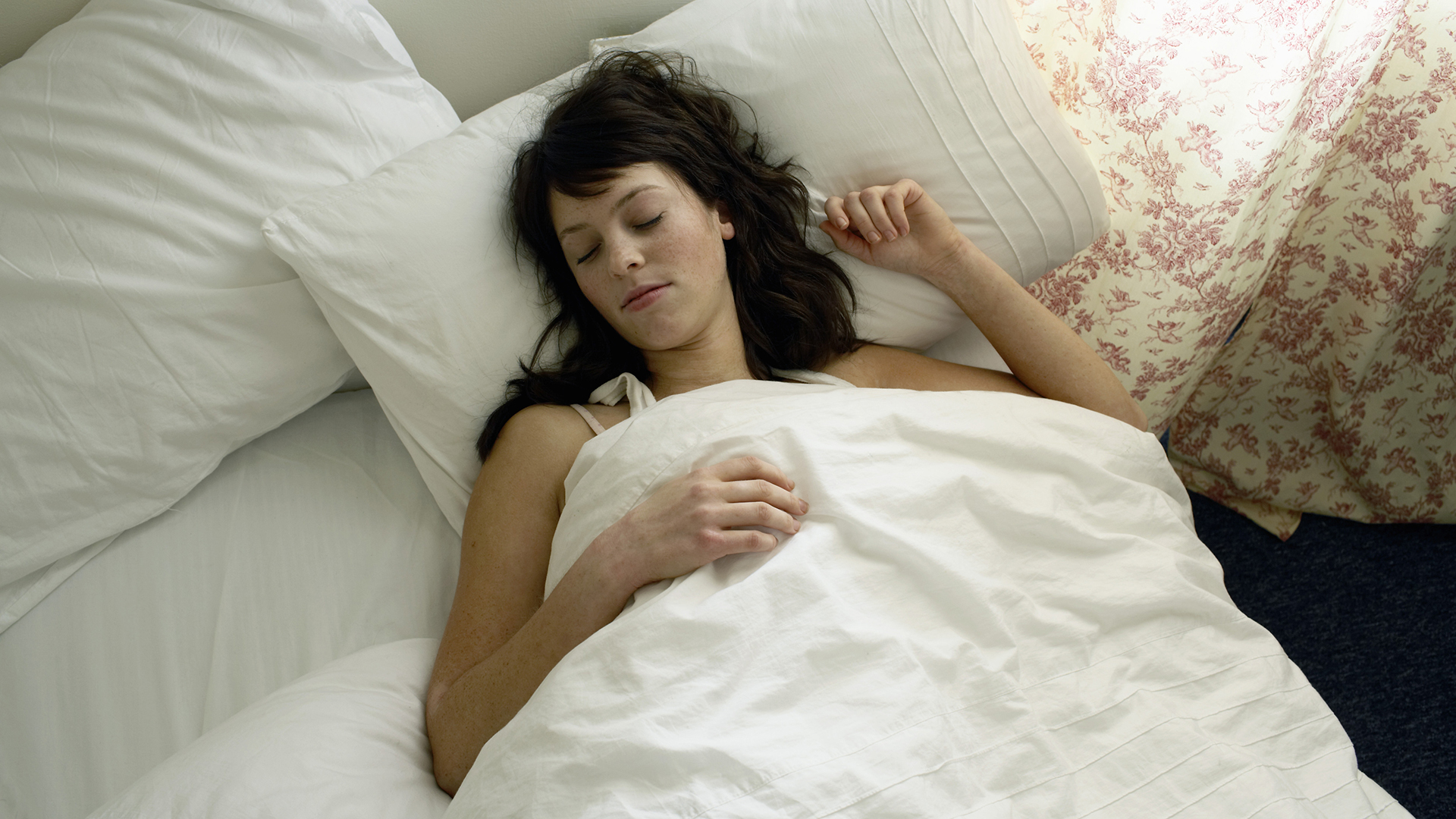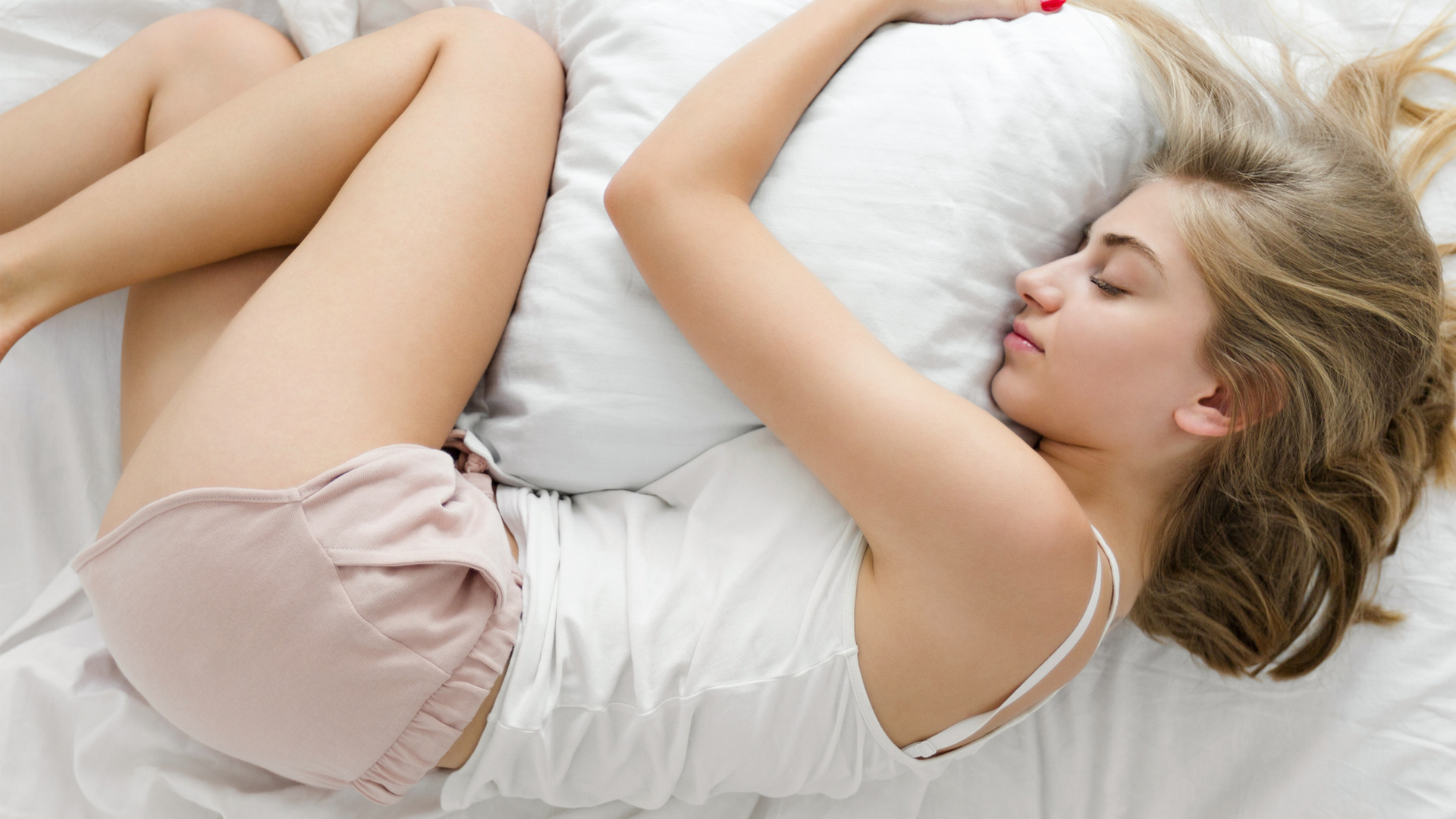What is the best sleeping position?
Want to know what is the best sleeping position for you? Here’s everything you need to know.

We all have our favorite position to sleep in but which is the best sleeping position? While it may be a matter of personal preference, the position in which you sleep is key not just to the quality of your night’s rest and how well your body recuperates after the day, but also how you manage to maintain a healthy spine.
A 2017 study by the Better Sleep Council revealed that not only does the position we adopt affect the quality of our sleep, but some positions, such as sleeping on our back or the side, can make people more prone to sleep-related disorders such as sleepwalking.
This study also found a marked difference in the preferred sleeping positions in different generations. Millennials and Generation Xers, for example, were more likely to sleep on their stomachs, with arms and legs outstretched, while Baby Boomers opted for side sleeping.
However, putting aside generational differences or personal preferences – what is, objectively, the best sleeping position?
What's the best sleeping position?
The best sleeping position is one that promotes healthy spine alignment. While some positions offer more support than others, an individual’s choice will be determined by their own circumstances. Perhaps they have a medical condition that dictates the way they have to sleep, or maybe their age or weight prevents them from sleeping in a particular way?
As Samantha Briscoe, Lead Clinical Physiologist for the London Bridge Sleep Centre explained to Live Science, what works for one person won’t always work for someone else. "Which sleeping position is best? Well, the simple answer to this is the one that is most comfortable for you and your situation," she said. "But some sleeping positions may cause or aggravate, say, back or neck problems although this is highly individualized and may vary with time, or with pregnancy or many other health conditions."
Sleeping on your side
According to a study published in the Nature and Science of Sleep journal in 2017, more than 60% of people choose to sleep on their sides, making it by far the most commonly adopted sleeping position.
It’s easy to see why it’s so popular. From reducing the risk of snoring to even improving your gut health (the body’s digestive system works more efficiently when you’re not flat on your back), it’s also the ideal position for pregnant women who by sleeping on their left side, with the knees slightly bent, can improve blood flow to the fetus and the uterus.
We are also more likely to sleep on our sides the older we get, as Dr Angus Nisbet, Consultant Neurologist and Sleep Physician, told Live Science. "As we age we encounter more and more ailments. So if, say, one of your hips is arthritic, you will naturally tend to sleep on the side that offers relief from any pain you’re experiencing."
But is it the best sleeping position? There are some drawbacks. Shoulder pain may become an issue if you stay in one position for too long while the risk of facial wrinkles also increases the longer your cheek is pressed down on one side. It’s important, then, that you have a pillow that adequately supports the alignment of neck and spine and to change sides regularly through the night, circumstances permitting.
Sleeping on your back
Sometimes called the ‘supine’ or the ‘soldier’ position, think of sleeping on your back as a horizontal version of standing, with your neck and back in much better alignment than you might experience with other sleeping positions and a more even distribution of the body’s weight, ensuring better circulation. It’s also good for those suffering with nasal congestion (as long as you prop yourself up with a suitable pillow, like a wedge pillow) and can even help to reduce the chance of developing wrinkles as your face isn’t buried into a pillow or a mattress.

While sleeping on your back may be beneficial for those with lumbar spinal pain or issues with the neck, it’s not recommended for the elderly or the overweight or obese. Indeed, one study published in the European Journal of Heart Failure in 2015, found that "sleeping in the supine position increases the frequency and severity of respiratory events."
It’s a view backed up by Dr Angus Nisbet. "If you’re old or overweight you are far more likely to suffer with sleep apnea when you sleep on your back because you have a narrower oropharynx [the area of the throat behind the mouth]," he said. "Sleep apnea is actually an extension of snoring, the key difference being that it’s gone from partial obstruction during snoring to complete obstruction. Inevitably, that is going to wake you up and disturb your sleep."
Sleeping on your stomach
Also called the ‘prone’ position, there isn’t a lot to be said for sleeping on your stomach, especially as it carries the greatest risk of leaving you with a very stiff neck when you do wake up. Poor neck alignment when sleeping can also lead to headaches during the night, further ruining your chance of a sound night’s sleep.
However, if you are going to sleep on your stomach then it’s best to do so without a pillow, as it will at least make your body straighter and, crucially, won’t force your neck into an uncomfortable angle that will inevitably lead to aches and pains the following morning. Try placing a pillow under your pelvis to reduce the pressure on your spine and make sure your mattress is firm too.
That said, Dr Angus Nisbet advises against it. "Different people prefer different sleeping positions but I really wouldn’t recommend sleeping on your stomach it as it’s really bad for the neck and provides the least support for your back," he said.
Sleeping in the fetal position
Sleeping in the fetal position boasts many of the benefits of sleeping on your side, such as reducing the likelihood and severity of snoring and obstructive sleep apnea. This is shown in a study by the European Journal of Heart Failure. Additionally, as one study by the American Journal of Gastroenterology showed, it can even help to lessen the chances of heartburn and other gastrointestinal problems.

However, the fact that the knees are drawn up to the chest means that the curvature of the spine is exaggerated, leading to additional strain on the back and the potential of pain in the next as well. By curling up into a ball, you will also be restricting your diaphragm and lungs, potentially making your breathing more difficult.
If you are fond of the fetal position, try curling up into a looser ball instead. It will give your body a better chance of breathing correctly.
Sign up for the Live Science daily newsletter now
Get the world’s most fascinating discoveries delivered straight to your inbox.
A journalist, editor and author with over 25 years experience in the sports, health and fitness sectors, Gavin has written for a wide range of titles, including The Guardian, The Observer and The Sun in the UK, as well as international titles such as The New York Post. He also currently writes health features for the Telegraph newspaper in the UK, specializing in midlife issues.











